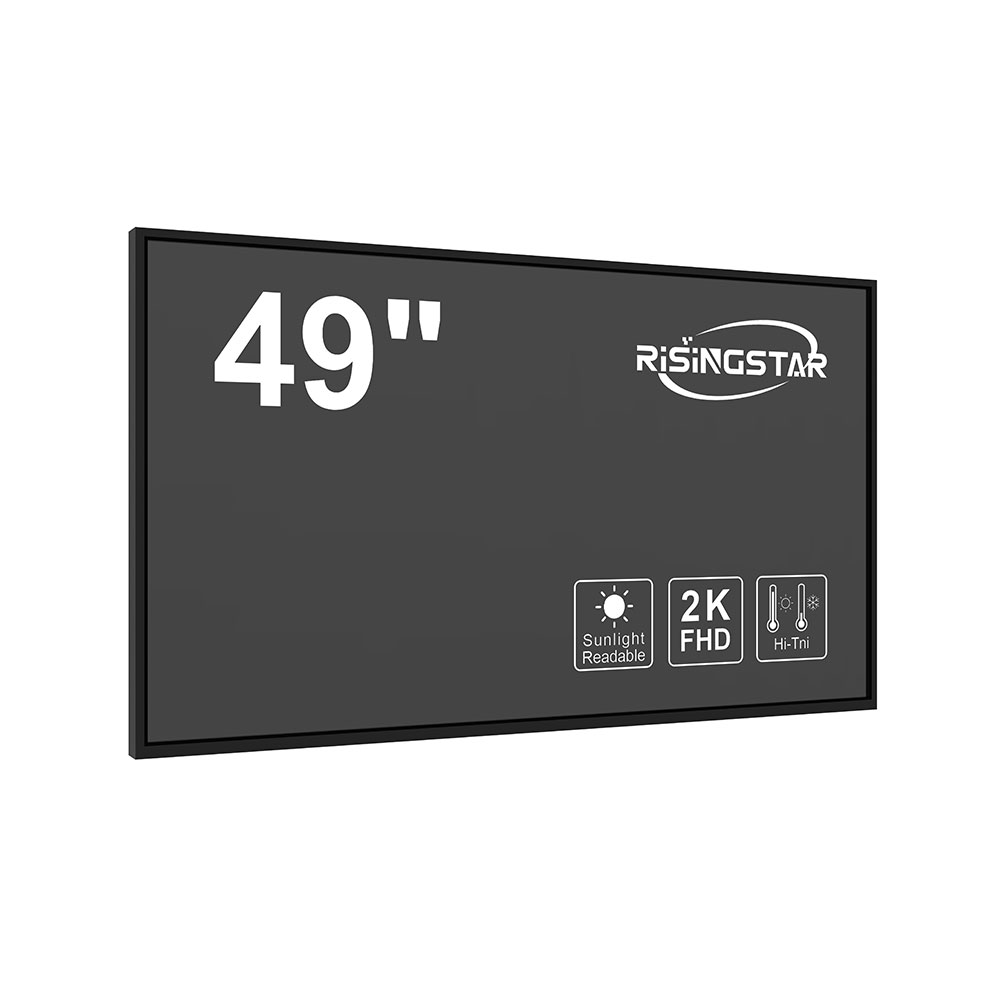Sunlight readable high brightness LCD screens are essential in outdoor and high-ambient-light environments such as military vehicles, industrial control panels, transportation systems, and solar-powered kiosks. These displays maintain visibility even under direct sunlight—typically requiring a minimum of 5,000 nits of brightness, with premium models exceeding 10,000 nits. The key to achieving this performance lies in a combination of advanced backlighting, anti-glare coatings, and optimized panel technologies like IPS (In-Plane Switching) or VA (Vertical Alignment).
Manufacturers use cold cathode fluorescent lamps (CCFLs) or, more commonly, LED-based backlights for higher efficiency and longer lifespan. In addition, dynamic brightness control adjusts luminance based on ambient light sensors, reducing power consumption without compromising readability. For example, a recent case study by LG Display demonstrated that their 1200 nits sunlight-readable display achieved 98% visibility under 10,000 lux conditions—a critical metric for applications in construction sites and public transit.

The design also includes anti-reflective (AR) coatings and polarizers to minimize glare from the sun and artificial sources. Some manufacturers integrate optical bonding, which seals the display layers with transparent adhesive to eliminate air gaps that cause internal reflections. This technique is widely adopted in aerospace and defense applications where reliability and clarity are non-negotiable.

Compliance with international standards such as MIL-STD-810G (military durability) and EN 60950 (safety for IT equipment) ensures robust performance across extreme temperatures (-30°C to +70°C), humidity, and vibration. For instance, Siemens’ industrial-grade displays used in railway signaling systems meet both IP65 dust/water resistance and 10,000-hour MTBF (mean time between failures).
As demand grows in smart city infrastructure and electric vehicle dashboards, the evolution of these displays includes integration with touch technology, wide viewing angles (>170°), and low-power modes. Industry leaders like Sharp and AU Optronics now offer modules with adaptive contrast enhancement algorithms that boost image clarity in real-time.
For engineers and procurement managers evaluating options, it's critical to test sample units under actual field conditions—not just lab settings—to validate true sunlight readability. Real-world testing should include varying angles of sunlight, temperature extremes, and prolonged usage cycles.
These displays represent the convergence of optics, materials science, and embedded software—making them indispensable in modern high-stakes applications. Whether for emergency response units, agricultural drones, or outdoor retail signage, sunlight-readable high brightness LCDs remain a benchmark of functional design and engineering excellence.







